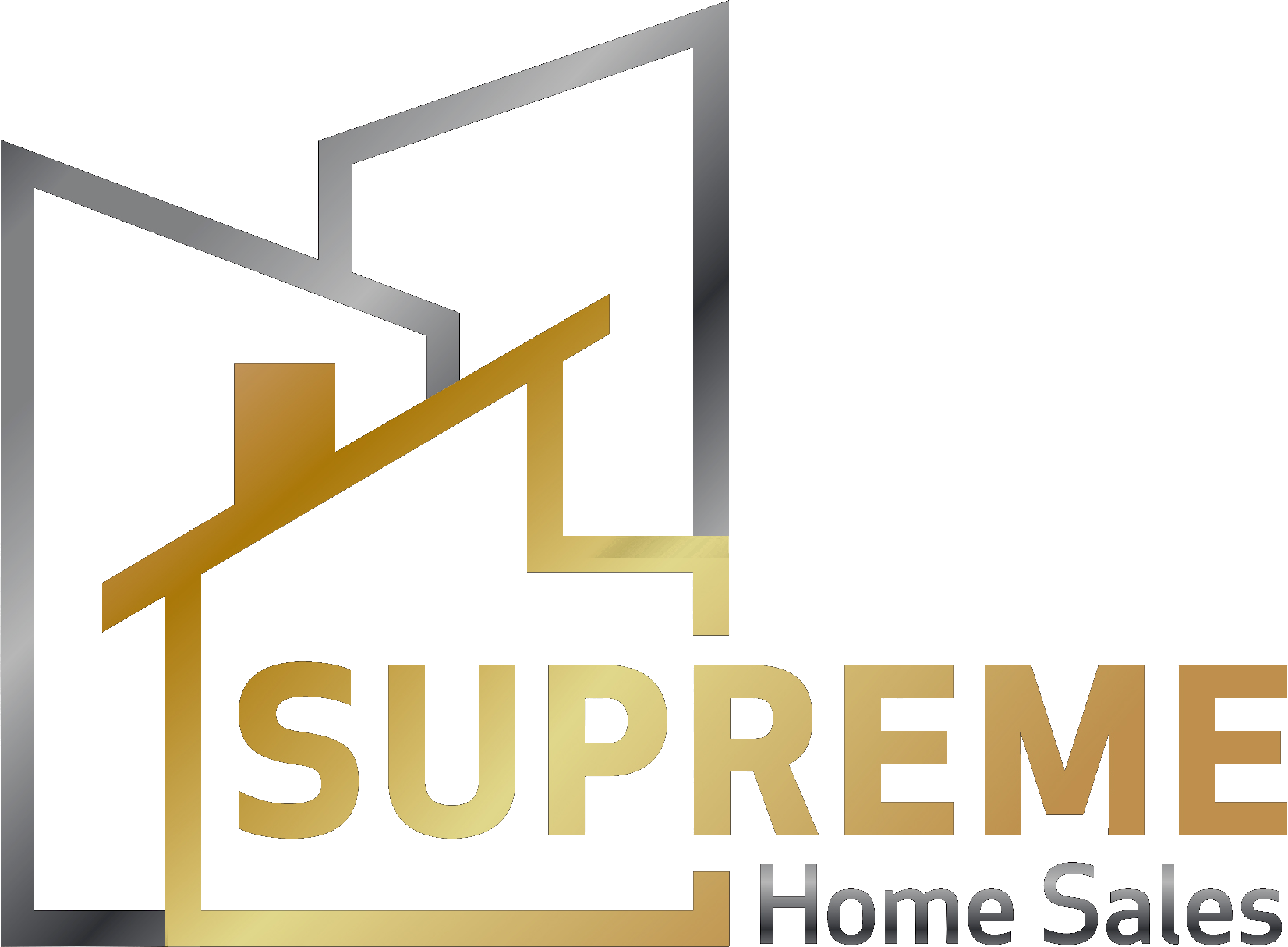A Real Estate Professional’s Insight
In the realm of real estate, the allure of buying a foreclosed home is undeniable. The promise of snagging a property at a discount is tantalizing to many buyers, drawn in by the prospect of a great deal. With over 22 years in the real estate industry, I’ve encountered numerous clients eager to explore the foreclosure market, enticed by the potential savings. However, it’s crucial to peel back the layers of this appealing offer to uncover the full reality of what buying a foreclosed property entails.
Understanding Foreclosure
Foreclosure occurs when a homeowner fails to make mortgage payments, leading the bank to repossess the property. This process can end with the property becoming a bank-owned Real Estate Owned (REO) asset. While “foreclosure” is a broad term, for the purpose of this discussion, we’re focusing on properties where the bank has evicted the homeowner and now sells the property as a bank-owned REO.
The Timeline of Foreclosure
Imagine a homeowner stops paying their mortgage. After three months of missed payments, the bank initiates the foreclosure process. Fast forward, and if the homeowner doesn’t utilize or qualify for other options, the bank eventually becomes the property’s new owner, following eviction of the previous occupants.
At this juncture, the property’s condition is a primary concern. Often, homeowners, knowing they’ll lose their home, might strip it of valuables, damage the structure, or neglect necessary upkeep, leaving the property in disrepair. From the moment the bank takes ownership to when it’s listed for sale, an average of six months can pass—a period during which the property may further deteriorate.
What You’re Really Buying
When purchasing a foreclosed home, it’s vital to be aware of what you’re getting into. The physical state of these properties can range from slightly neglected to severely damaged, affecting everything from plumbing to structural integrity. Banks might secure the property by boarding it up or winterizing it, but issues like roof leaks can cause extensive damage before anyone notices.
Moreover, the foreclosure market has evolved. Banks now often sell these properties through web auctions, with no guarantees or disclosures about their condition. In some cases, properties are sold “as is,” potentially with occupants still inside, whether they be the former homeowners, tenants, or even squatters.
Considerations for Prospective Buyers
Buying a foreclosed home is not for the faint of heart. It’s a venture that typically suits investors or contractors looking to flip properties rather than ordinary homebuyers seeking a place to live. Utilities are often disconnected, making it difficult to assess the home’s systems fully. The potential for undisclosed liens, although less common with bank-owned properties, adds another layer of complexity.
For those intrigued by foreclosures, consider HUD homes. While these properties are technically foreclosures, HUD undertakes some level of renovation, aiming to sell them at fair market value. This approach allows for inspections and a clearer understanding of what you’re buying.
The Path Forward
Buying a foreclosed home can seem like a shortcut to owning property at a discount. However, it’s essential to approach this path with caution, understanding the potential for hidden costs and extensive repairs. Working with a real estate professional can provide valuable guidance and insight, helping you navigate the complexities of the foreclosure market.
In closing, while foreclosures can represent an opportunity, they’re not without risks. Education and professional advice are key to making an informed decision that aligns with your real estate goals and financial capabilities. If you’re considering venturing into the world of foreclosed properties, remember that what seems like a bargain on the surface may require a significant investment of time, effort, and resources to transform into a true value.




